The extinction of animals is a growing concern in today's world, and understanding which animals are at risk is crucial for biodiversity and ecological balance. The phrase "what animals are going extinct" has become a common query as people look to understand the severity of this issue. From majestic mammals to tiny amphibians, a wide array of species are teetering on the edge of extinction. In this article, we will explore some of the most endangered species, the causes of their decline, and what can be done to protect them.
Extinction occurs when a species completely disappears from Earth. It can happen naturally over thousands of years, but human activities have accelerated this process. When animals go extinct, it disrupts ecosystems, leading to unintended consequences for other species, including humans. The loss of even a single species can destabilize entire ecosystems, making it essential to understand the causes and impacts of extinction.
Several species across different animal groups are facing the threat of extinction. Here are a few key examples:
Amur Leopard: With fewer than 100 individuals left in the wild, the Amur leopard is one of the world’s most endangered big cats. Habitat loss due to deforestation and poaching are the primary causes of its decline.
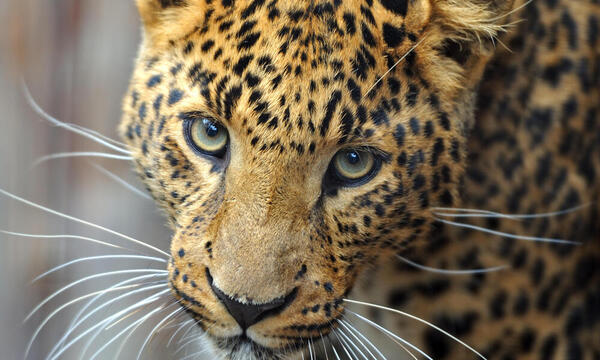
Sumatran Orangutan: Found only in the rainforests of Sumatra, this orangutan is critically endangered, with fewer than 14,000 individuals remaining. Deforestation for palm oil plantations is the main threat to their survival.

Kakapo: This flightless parrot from New Zealand is critically endangered, with only around 200 individuals left. Habitat destruction and introduced predators like cats and rats have devastated their population.
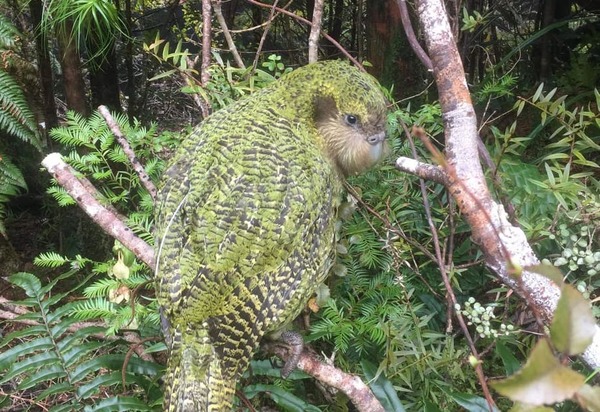
African Grey Parrot: Known for their intelligence and mimicry, these parrots are endangered due to illegal pet trade and habitat loss.
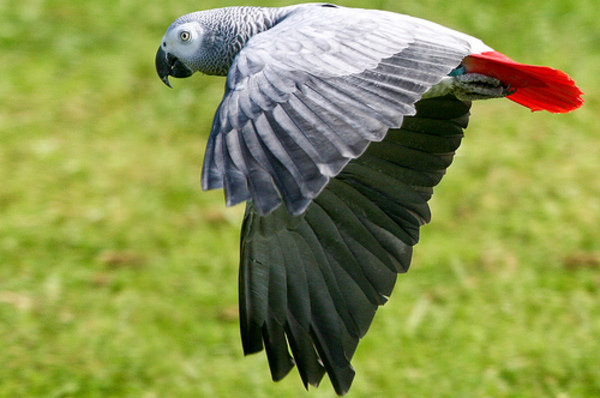
Axolotl: Native to the lakes of Mexico, the axolotl is critically endangered due to water pollution, habitat destruction, and invasive species.
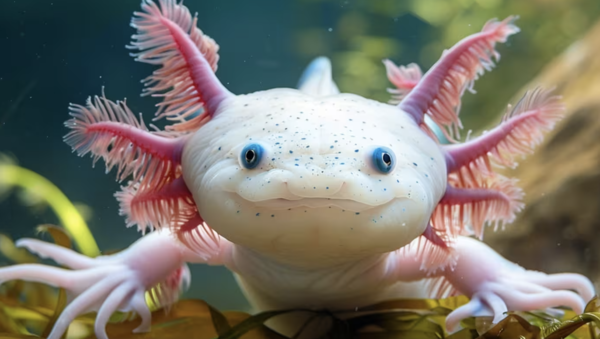
Golden Toad: Once found in Costa Rica, the golden toad has not been seen since 1989 and is considered extinct due to climate change and habitat loss.
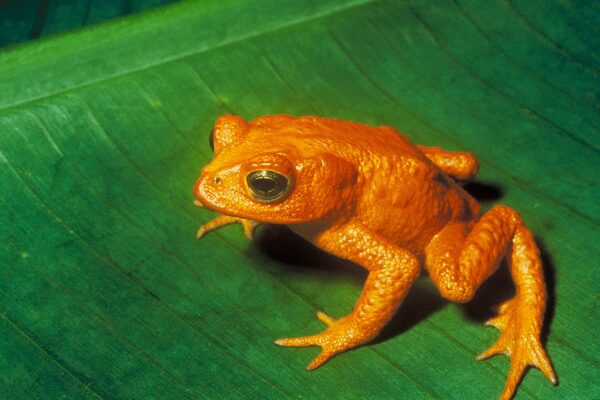
Vaquita: The vaquita, a small porpoise found in the Gulf of California, is on the brink of extinction with fewer than 10 individuals remaining. The primary threat is accidental capture in illegal fishing nets.
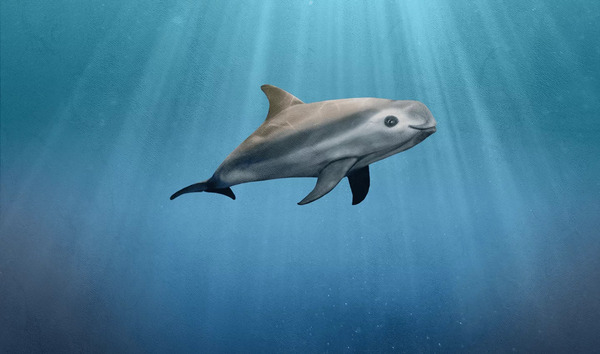
Hawksbill Turtle: This critically endangered sea turtle is threatened by habitat destruction, illegal hunting for its shell, and pollution.
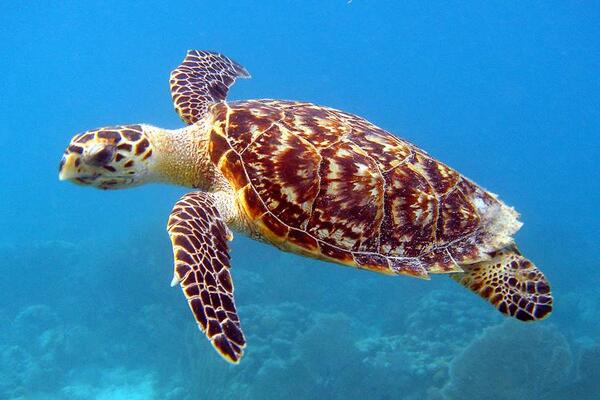
The extinction crisis is driven by several factors, most of which are linked to human activities. Understanding these causes is key to addressing the problem. Here are some of the main reasons:
Deforestation, urbanization, and agricultural expansion are destroying the natural habitats of many animals. Species that rely on specific environments, such as forests, wetlands, or coral reefs, are particularly vulnerable. For example, the Sumatran orangutan is losing its rainforest home due to palm oil plantations.
Climate change is altering weather patterns, increasing temperatures, and changing ecosystems. Species that are unable to adapt to these changes quickly enough are at risk of extinction. The golden toad’s disappearance is closely linked to climate change, as rising temperatures and altered rainfall patterns affected its breeding habitat.
Many species are hunted for their skins, bones, or other body parts, leading to drastic population declines. The illegal wildlife trade affects animals like rhinos, Elephants-Are-Endangered.html">elephants, and tigers, which are killed for their horns, tusks, or fur.
Pollution in the form of plastic waste, chemical runoff, and oil spills can devastate ecosystems and harm wildlife. Marine animals like the vaquita and sea turtles are particularly vulnerable to pollution.
While the situation is dire for many species, there are steps we can take to help protect them and slow the rate of extinction:
Conservation programs aimed at protecting habitats and species are crucial. Organizations such as the World Wildlife Fund (WWF) and the International Union for Conservation of Nature (IUCN) work to monitor endangered species and implement strategies to protect them. Captive breeding programs for species like the kakapo and Amur leopard have shown success in increasing their numbers.
Stronger laws to prevent illegal poaching and trade can significantly reduce the threats to endangered animals. International agreements like the Convention on International Trade in Endangered Species (CITES) help regulate the trade of animals and their body parts.
Restoring damaged ecosystems can help bring back species from the brink of extinction. Reforestation efforts, coral reef restoration projects, and wetlands protection are some ways to rebuild habitats for endangered species.
Addressing climate change by reducing greenhouse gas emissions and transitioning to renewable energy sources can help protect species that are affected by changing weather patterns. Supporting policies that mitigate climate change is critical for the long-term survival of many animals.
The loss of animal species can have far-reaching consequences for ecosystems and humans. Animals play vital roles in maintaining biodiversity, pollinating plants, controlling pests, and balancing food chains. The extinction of a species can lead to imbalances that may cause other species to decline, creating a ripple effect throughout the ecosystem. Furthermore, many plants and animals are used in medicine, and their loss could mean the disappearance of valuable cures for diseases.
The question of "what animals are going extinct" highlights a critical issue in modern conservation. From the Amur leopard to the vaquita, numerous species are on the verge of extinction due to human activity. However, with concerted global efforts, it is possible to slow or reverse this trend. Conservation programs, stronger laws, habitat restoration, and climate action are all essential steps to protect endangered species and preserve biodiversity for future generations.
By raising awareness and taking action, we can ensure that the planet remains a thriving home for all its inhabitants.
animal tags: Marine-Life Amphibians Birds Mammals
We created this article in conjunction with AI technology, then made sure it was fact-checked and edited by a Animals Top editor.